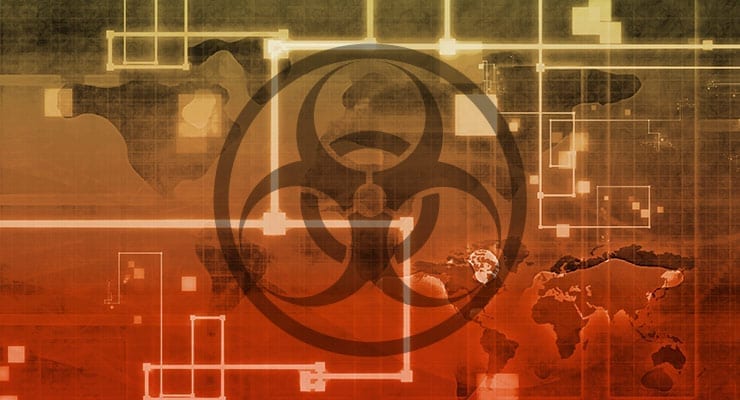The Department of Homeland Security Science and Technology Directorate (DHS S&T) Chemical Biological Defense Division is seeking white papers supporting the capability to provide early warning and detection of a chemical or biological incident in a cost-sustainable way.
DHS S&T seeks to develop a comprehensive bioevent detection capability that biosurveillance analysts, public health investigators, and decision-makers from differing jurisdictions can use in real-time to predict or anticipate response measures for a future incident.
DHS needs to expand its capacity for predictive analysis to inform decision making in field and operations centers, including real-time trend analysis and intelligence to predict operational risks and capability requirements.
Desired capabilities include but are not limited to:
- Scalable models and mathematical algorithms that enable risk estimation for individual trade and travel entities
- “Pattern of concern” recognition and associations between otherwise disparate entities
- Understanding and incorporation of disease factors such as morbidity, transmissibility, and environmental influences
- Models for predicting geospatial, temporal, and pattern of movement of biological agents
White papers should explore innovative, novel technologies that enable the prediction of bioevents. Rather than forecasting where an existing disease is likely to spread, this topic seeks novel technologies or methods to predict bioevent outbreaks as accurately and as far in advance as possible.
Means to accomplish this prediction include but are not limited to automated and unsupervised pattern recognition in syndromic data, diagnostic data, or sensor data streams; the use of self-organizing data structures, topological mapping, or other approaches; data analytics approaches such as quantification and visualization of uncertainty in multiple potential bioevents; and rapid model development and analysis.
Successful proposals will offer a range of metrics available throughout the process that can be used to gauge technical performance, decisionmaking improvements, and potential outcomes to improve public health.
Although subject to official fiscal appropriation and availability, it is anticipated that approximately $2,000,000 of Fiscal Year 2017 funds will be available for any resultant awards under this effort.
Further details are available via Solicitation Number: HSHQDC14RB0009OBAA14003CALL19. The white paper submission deadline is February 7, 2017.



